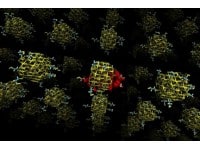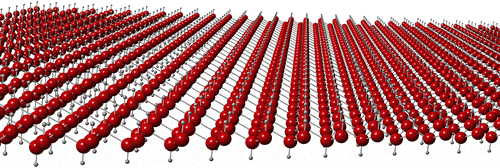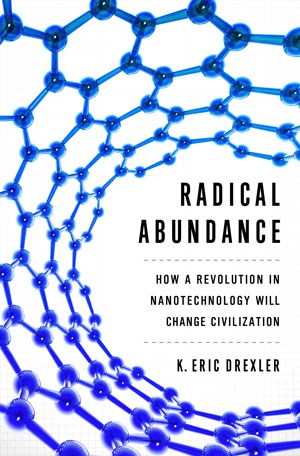Quantum dots are semiconducting, nanoscale clusters that show electronic characteristics distinct from both bulk-scale materials and single molecules. Their special characteristics make quantum dots attractive for a broad range of potential applications, including photovoltaics and nanoscale transistors. The size and shape of quantum dots impact electrical properties and can therefore be used to tune the… Continue reading Quantum dot conduction impacted by stoichiometry, not dangling bonds
Quantum dot conduction impacted by stoichiometry, not dangling bonds





